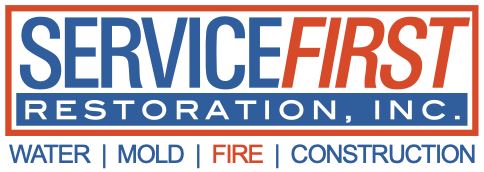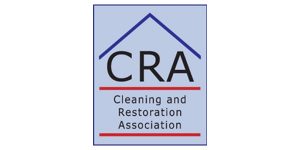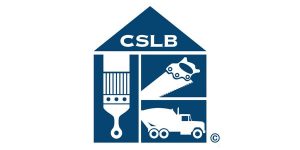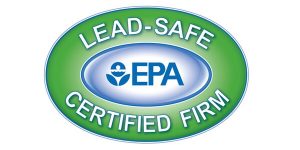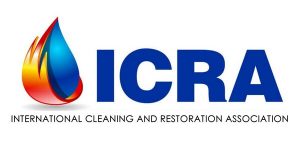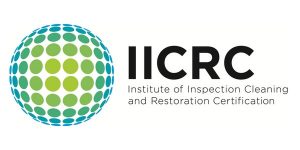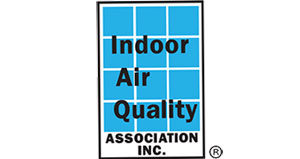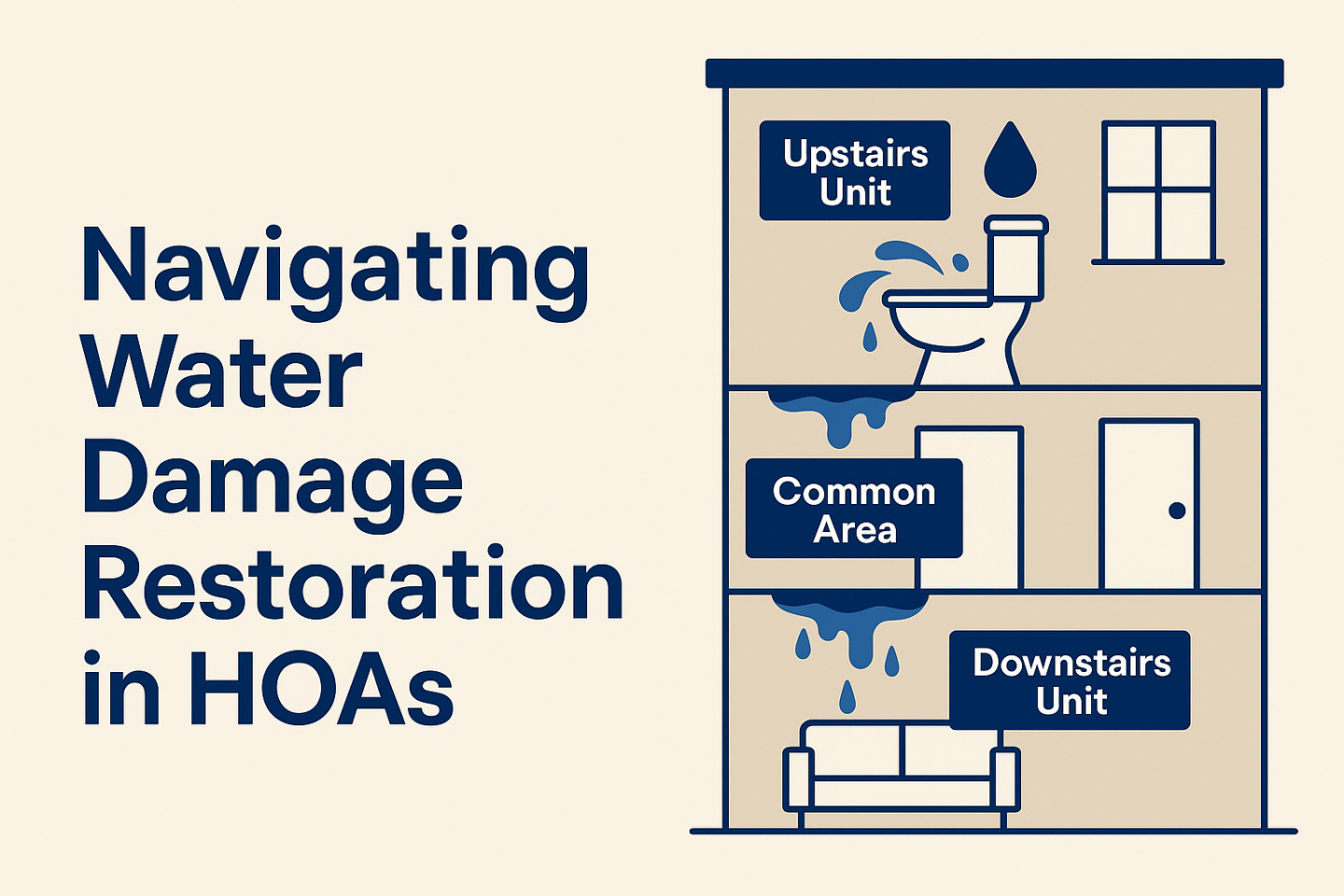
When water damage strikes in a community association, things can get complicated fast. A small leak from one condo can quickly spread to another unit — or even into common area walls and hallways. The question that always follows is: who is responsible for the cleanup and repairs?
Board members often feel pressure to push the responsibility back onto individual homeowners. After all, if the upstairs unit caused the leak, shouldn’t they be the ones to pay for the damage to the unit below? Unfortunately, it’s not that simple — and mishandling this situation can lead to finger-pointing, delays, and even legal disputes.
Here’s what every HOA manager and board member should understand about navigating water damage restoration projects.
A Story: When the “At Fault” Approach Backfires
A few months ago, we were called to a stacked condo community after an upstairs toilet supply line burst and leaked into the unit below, as well as into the shared hallway.
- The board told the downstairs homeowner to go after the upstairs neighbor for repairs.
- The upstairs homeowner insisted their insurance would only cover their own unit.
- The downstairs homeowner refused to file a claim, arguing they shouldn’t have to.
- Meanwhile, the common hallway sat wet because the HOA hadn’t authorized work.
What happened? Nobody signed a work authorization. Restoration work was delayed for nearly two weeks while the owners and board argued. By the time the HOA gave approval, mold had begun to grow in the common walls, the damages were far worse, and the overall cost had more than doubled.
All of this could have been avoided if the HOA had stepped in early, authorized work, and allowed the insurance carriers to battle out liability later.
Liability vs. Responsibility: The Key Distinction
Just because one homeowner caused the leak does not mean they are automatically responsible for fixing damages to other units.
- The upstairs unit may ultimately be found liable in court, but they are not responsible to voluntarily pay for the downstairs unit’s damage.
- Their insurance policy will typically only cover damage to their own unit, not the units below.
- The downstairs unit must file a claim with their own insurance carrier for damages in their home. If they believe the upstairs neighbor is liable, their insurance company can pursue that claim directly.
In other words: homeowners don’t repair each other’s units. Each unit owner files through their own policy, and the insurance carriers sort out the liability later.
The HOA’s Role: Common Areas and Shared Walls
When damage spreads into common areas (hallways, lobbies, shared walls, ceilings, etc.), the association is also involved. That means the HOA should file an insurance claim for those common elements.
This creates a three-part situation:
- Upstairs unit – claim for their own damages.
- Downstairs unit – claim for their own damages.
- HOA – claim for common area damages.
Why Delays Cause Problems
As the story shows, if each party stalls or refuses to act, restoration work doesn’t get authorized. That prolongs damage and increases costs. Meanwhile, property values take a hit and the association risks liability for failing to act in the community’s best interest.
Work Authorizations: The Critical Step
To move forward with mitigation and repairs, each party must sign their own work authorization:
- The upstairs homeowner signs for their unit.
- The downstairs homeowner signs for their unit.
- The HOA signs for common area work.
This ensures legal access to the property, proper scope of work, and clear billing channels.
The Fastest Path to Resolution
The most efficient way to avoid gridlock is for the association to assume responsibility upfront.
By stepping in and coordinating the restoration work under the HOA’s umbrella, you:
- Ensure the project starts quickly.
- Prevent homeowners from fighting and delaying.
- Protect property values by containing the damage.
- Retain control over vendor selection, scope, and quality.
The association’s legal team can then pursue recovery from homeowners or their insurers later. This approach keeps restoration moving forward while still protecting the HOA’s financial interests.
Quick Reference: Do This / Don’t Do This
✅ Do This:
- Act quickly to authorize restoration work.
- Have each party (upstairs, downstairs, HOA) file their own insurance claim.
- Secure signed work authorizations for each unit and common areas.
- Step in as an association to keep the project moving.
- Let insurance companies handle liability disputes later.
❌ Don’t Do This:
- Assume the “at fault” unit should pay immediately.
- Delay restoration while waiting for homeowners to agree.
- Ignore damage to common areas or wait until the dispute is resolved.
- Allow finger-pointing to stall the process.
- Risk mold growth, escalating costs, and community frustration by waiting.
👉 Need guidance on your next water damage claim? Our team at ServiceFirst Restoration specializes in working with HOAs, board members, and property managers to streamline restoration projects. We’ll help you navigate insurance, authorizations, and liability so you can get your community back to normal faster!
Need Help? Email ineedhelp@callservicefirst.com | Call 855-88-FIRST | Call/Text 949-579-2695
